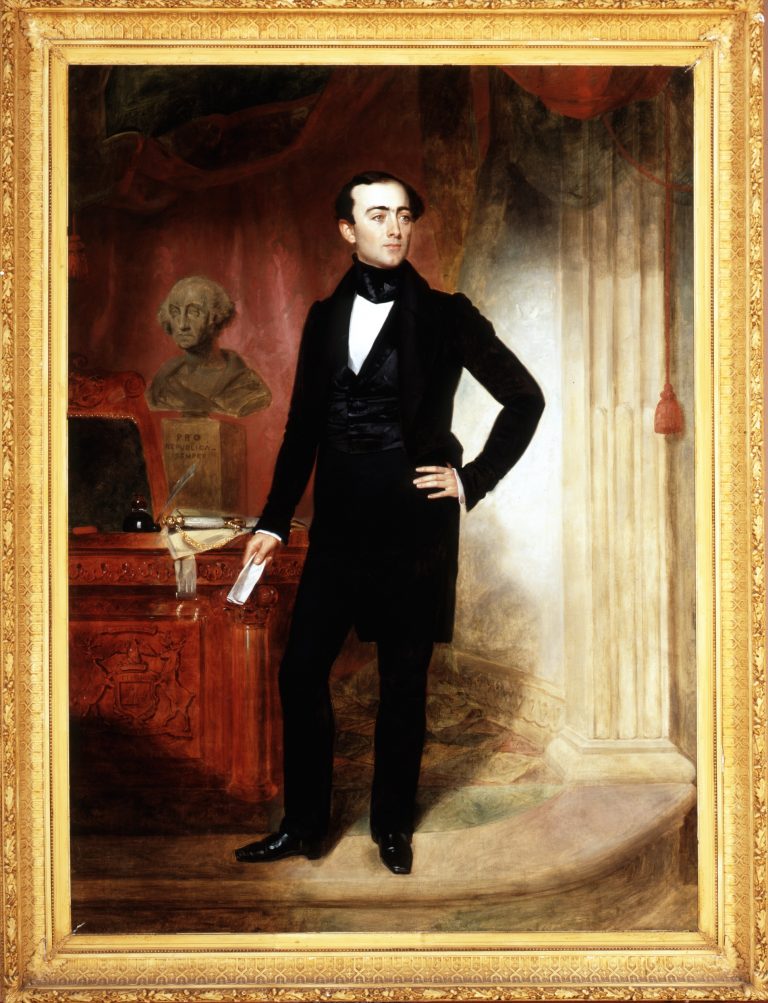The Boy Governor’s Reign
Stevens Thomson Mason was born in Loudon County, Virginia in October 1811. In 1830, President Andrew Jackson appointed Mason’s father, John T. Mason, secretary of Michigan Territory. One year later, John T. Mason resigned, and Jackson appointed Stevens T, who was then nineteen-years old, to the position. As secretary, “Tom” Mason (as he was familiarly called) became acting governor when Governor George Porter was absent. Porter, in fact, was frequently absent, for reasons that have been mostly lost to time. Then, in 1834, Porter died of cholera, and the then-twenty-two year old Mason became full-time acting governor. He was later elected governor in his own right.
As governor, Mason led Michigan through a border dispute (known as the Toledo War) with Ohio and ultimately helped the territory achieve statehood. He became a champion of education, endorsing a state school program, appointing a superintendent of public instruction (John D. Pierce) and promoting Ann Arbor as the University of Michigan’s permanent site. He lobbied for a state geological survey and appointed Douglas Houghton as first state geologist. Finally, Mason backed an aggressive internal improvements program, advocating for roads, railroads and canals.
Mason’s popularity declined after statehood. The Panic of 1837 caused great economic hardship in Michigan, and Mason came under fire for his handling of financial matters. As a result, Mason did not run for re-election in 1839. By then, he had married a New York City socialite named Julia Phelps and in 1841, the couple moved to New York. On January 4, 1843, the thirty-one year old Mason died of pneumonia. He was buried in New York’s Marble Cemetery.

